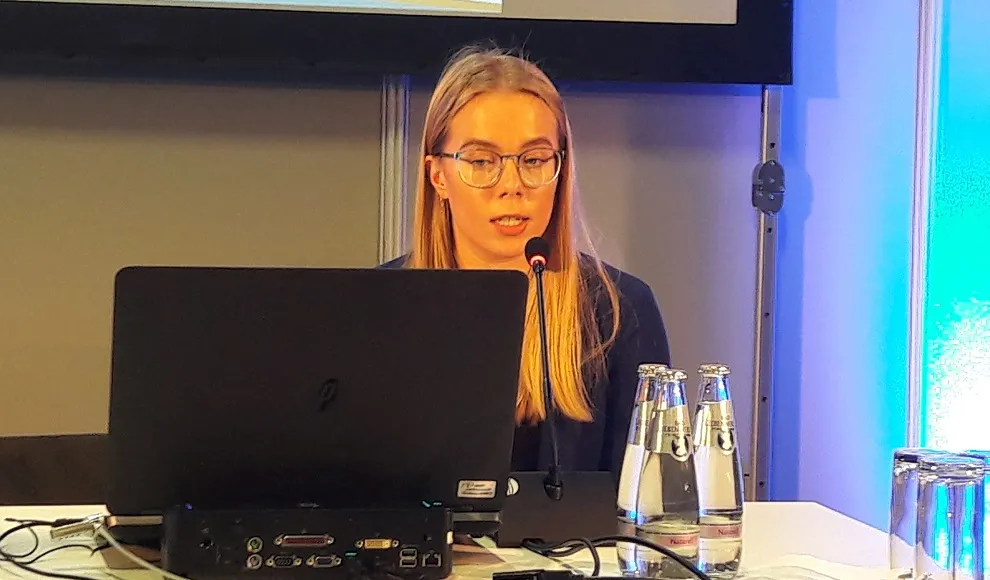The study, which was aimed at providing new evidence on the incidence of cancer and mortality analyzing 457,473 people with DM2 and more than two million paired controls, reflects in their main conclusions that DM2 patients have an increased risk of cancer in any locationand in some types of tumors as well as lower post cancer survival than the controls studied.
According to researcher Hulda Hrund Bjornsdottir, it must be added that the changes observed over time in the incidence of cancer were practically the same as in the control patients, except for those located in pancreas, uterus and lung.
From the population studied a total of 227,505 people developed cancer for a follow -up period of 7 years, associating diabetes with 11 of the 12 types of cancer that were analyzed.
A clear relationship with liver cancer (231 percent more than non -diabetics), pancreas (119 percent), uterus (78 percent), penis (56 percent), kidney (45 percent), gallbladder and gallbladder, gallbladder andbile ducts (32 percent), stomach (21 percent), and bladder (20 percent).
On the other hand, evidence was found that diabetics had 18 percent less risk of pancreatic cancer than controls without diabetes.This does not mean that it has been observed that pancreas and lung cancers are increasing in individuals with DM2, although in other types of tumors the incidence is similar to that of non -diabetics.As for mortality, it was higher in diabetics with prostate cancer (29 percent), breast (25 percent) and colon (9 percent).
"These results do not mean that each diabetic will develop an elderly cancer, since although the relative risk of cancer is increased after diabetes, the increase in absolute risk is very low," says Bjornsdottir, stressing that both diabetesAs cancer they share "up to 14 risk factors that have been collected from clinical routine but contribute very little to cancer prediction."
However, remember that among the main risk prevention factors between both diseases would be a healthy diet and physical exercise to avoid overweight.
Finally, the researcher has pointed out that these data have enough strength to suggest an epidemiological change in cardiovascular mortality to cancer mortality.


